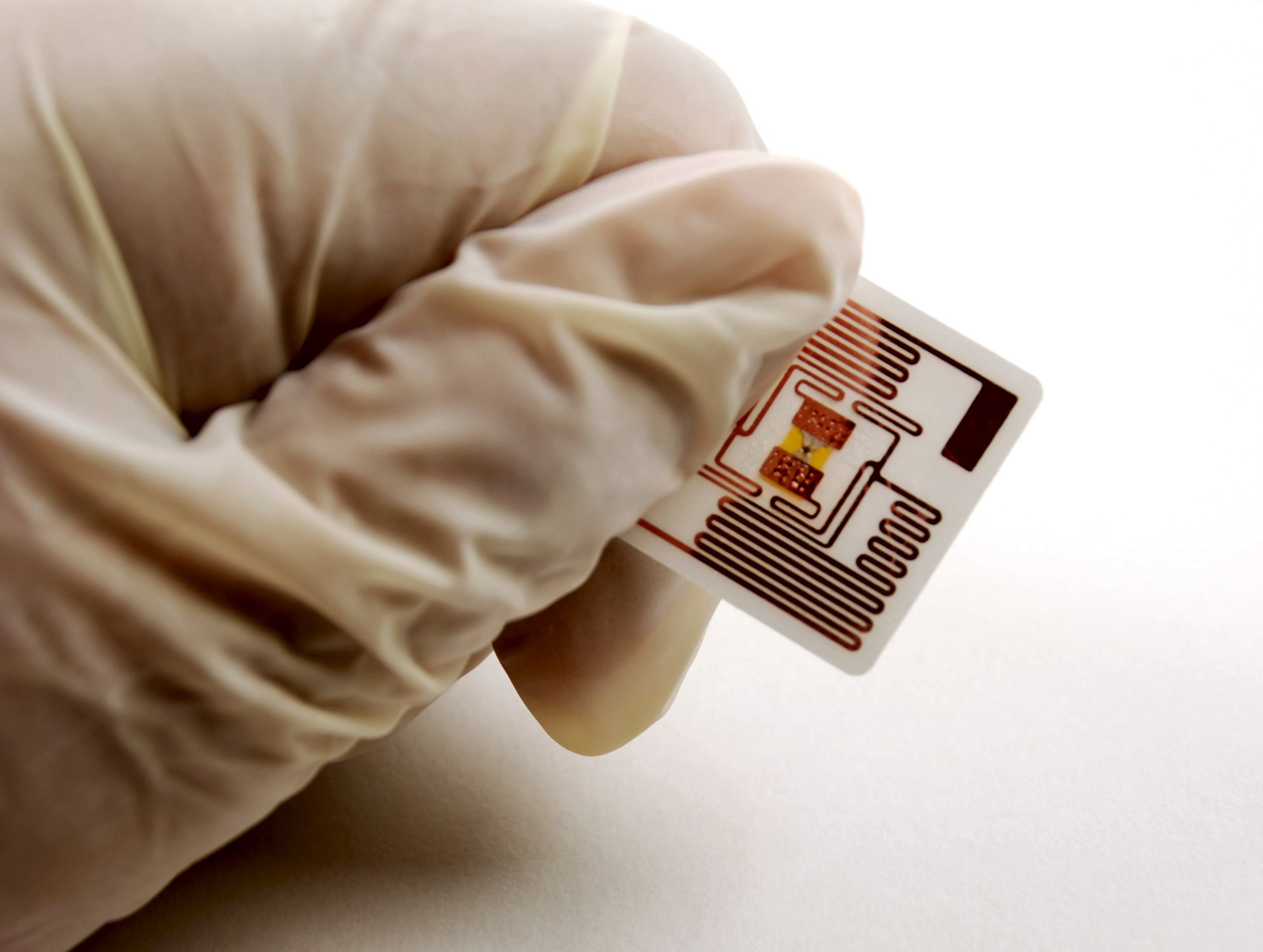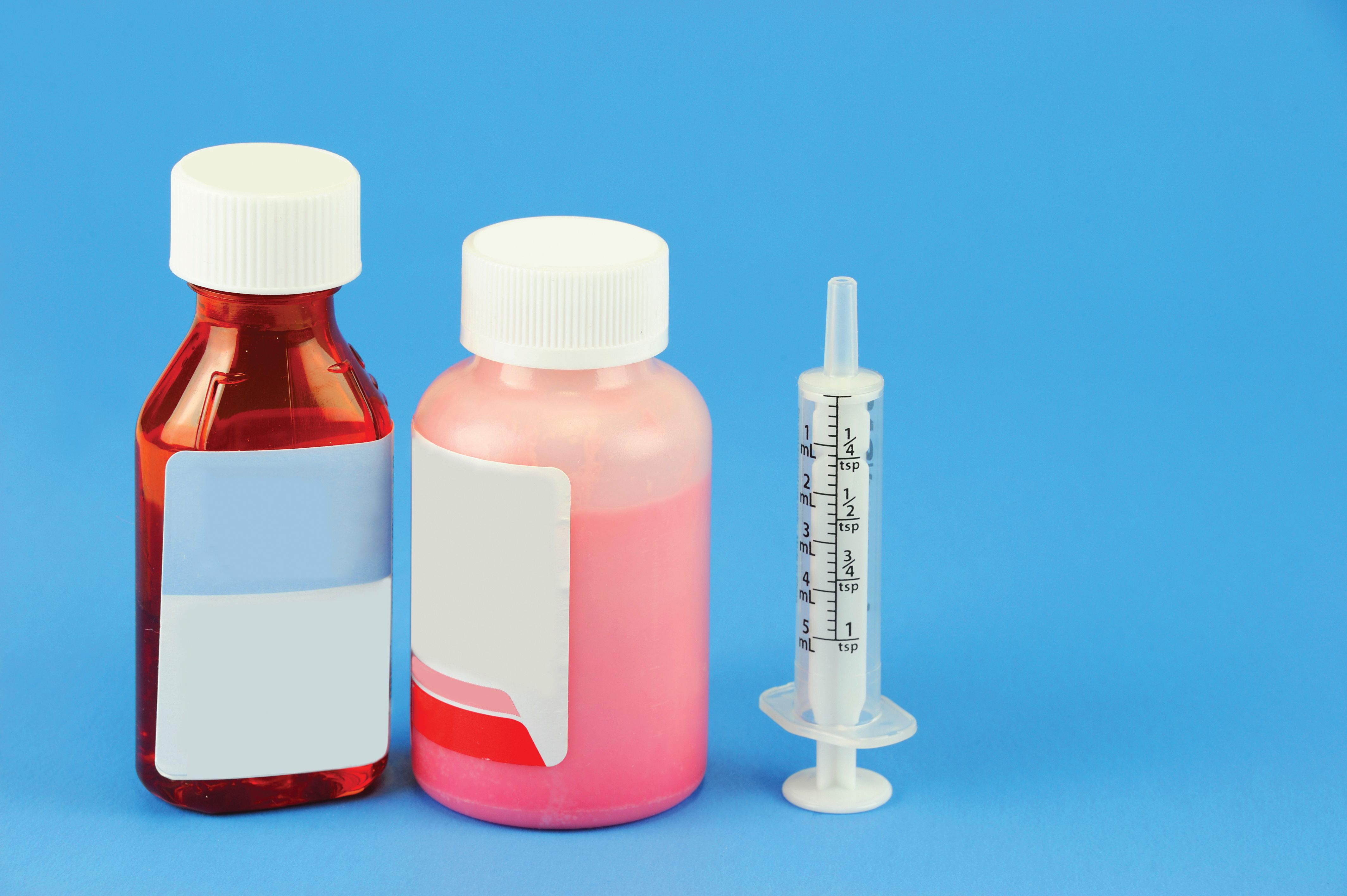News
Article
Pharmaceutical Technology
Special Packaging Delivers Inhaled Insulin
Author(s):
Bringing Exubera to market requires extensive collaboration by Pfizer, Nektar Therapeutics, West Pharmaceutical Services Tech Group, and Bespak.
Diabetes is the fourth leading cause of death worldwide and accounts for $286 billion in annual healthcare costs. Globally, 194 million people suffer from diabetes and this number is rising rapidly. For these patients, a regular regimen of pills or injectable insulin is necessary to control blood-glucose levels and to minimize the chance of disabling and potentially deadly complications such as blindness, kidney failure, nerve damage, heart disease, and limb loss.

Hallie Forcinio
"Exubera" (Pfizer Inc., New York, NY, www.pfizer.com), a new treatment for adults with types 1 or 2 diabetes, is the world's first inhaled insulin. The drug, a rapid-acting human insulin made with recombinant DNA technology, was approved by the US Food and Drug Administration and the European Commission (EC) in January 2006. Expected to be available globally by mid-year, Exubera offers diabetic patients an alternative to traditional regimens and can replace injections, a delivery route often associated with poor patient compliance. Other advantages of the inhaled insulin include faster entry into the bloodstream compared with injectable insulin. Furthermore, unlike injectable insulin, the powdered form does not require refrigeration.
In studies involving more than 2500 adults, Exubera was shown to be as effective as injectable insulin in achieving glycemic control for types 1 or 2 diabetics. In adults with type 2 diabetes whose blood-glucose levels are not sufficiently controlled with commonly used oral therapies, Exubera has been shown to provide greater improvements in glycemic control. In addition, patients who took Exubera reported greater overall treatment satisfaction and acceptance compared with insulin injections or oral therapies.

Exubera is taken just before mealtimes. In patients with type 2 diabetes, Exubera can be used alone as an alternative to rapid-acting insulin injections or diabetes pills, or in combination with diabetes pills or longer acting insulin. In patients with type 1 diabetes, Exubera is used in combination with longer acting injected insulin.
Creating a powdered form of insulin that can be inhaled through the mouth into the lungs and proving it works as well or better than insulin by traditional delivery methods has taken about 20 years to develop and cost roughly $1 billion. The brainchild of John S. Patton, who cofounded Inhale Therapeutics in 1990, now Nektar Therapeutics (San Carlos, CA, www.nektar.com), Exubera has required a high degree of collaborative effort to bring it to market.
Nektar Therapeutics, a specialist in proprietary inhalation technology, developed the powdered-insulin formulation and the inhaler and has worked on the product development with Pfizer since 1994. The company, which filed the new drug application (NDA) for Exubera, initially undertook the project as a joint development program with Aventis (now Sanofi-Aventis, Paris, France, www.sanofi-aventis.com). After buying Sanofi's interest for $1.3 billion in March 2006, Pfizer is now solely responsible for the global marketing and distribution of Exubera under a license from Nektar.

The Exubera (Pfizer, New York, NY) powdered-insulin inhaler is approximately the size of an eyeglass case (second from left). To use the inhaler, the base is extended and a foil blister containing powdered insulin is inserted.
The Exubera inhaled insulin product is based on Nektar's evaporative "Pulmonary Particle Technology" that reduces particles to 2 μm, a size that can be absorbed by the alveoli in the lungs. Pfizer produces the very fine insulin powder in Frankfurt, Germany, at a plant acquired from Sanofi-Aventis. A second highly automated, state-of-the-art production facility in Terre Haute, Indiana, fills the powdered insulin in two sizes of unit-dose blister packs.
The packaging is a double-foil structure: the polyvinyl chloride–foil laminate blister plus a foil-overwrapped multipack. This design protects the sensitive powdered insulin from moisture before use and enables the product to have a two-year shelf life. The blisters are arranged on six-count, perforated cards. Each blister contains a small well that holds a precisely measured amount of insulin powder, which is white to off-white in color. Each blister also is notched and printed to aid in proper placement in the inhaler. Printing is color-coded according to the dose: green for 1 mg and blue for 3 mg. In addition, raised bars provide a tactile dose indicator: one bar for 1 mg and three bars for 3 mg. Because some powder remains behind in the blister after dispensing, they are overfilled to compensate and ensure that the proper 1- or 3-mg dose is delivered.
Five blister cards (30 doses) are packed in a thermoformed polyethylene terephthalate (PET) tray. Each tray contains a desiccant and is sealed with PET lidstock. The sealed tray, in turn, is placed in a foil pouch with a desiccant.
Goals for the handheld inhaler design required that it dispense the powder in a high-efficiency operation with little or no waste, deliver a very high concentration of insulin with only one puff, and protect the moisture-sensitive powder from humidity.
Designed to be refilled and reused for one year, the inhaler weighs approximately 4 oz. The device is roughly the size of an eyeglass case and consists of three major subassemblies: the base unit pump, the suspension chamber, and the insulin-release unit. The latter is replaced every two weeks by the patient. The suspension chamber also can be replaced. In addition, the unit partially disassembles to permit weekly cleaning. Essentially mechanical in operation, the device does not rely on electronics and therefore needs no batteries or electricity. Nearly all of the parts in each subassembly are injection molded.
In use, the patient inserts a blister into the inhaler and pumps the handle to draw air into a cylinder where it is compressed. The patient then presses a button and the insulin-release unit pierces the blister, releasing compressed air and sending a smoke-like cloud of fine powder into the clear suspension chamber. When the patient sees the cloud, he or she puts the mouthpiece in his or her mouth and inhales normally to draw the aerosolized powder deep into the lungs. After removing the mouthpiece, the patient holds his or her breath for five seconds and then exhales normally.
Because manufacturing the delivery system fell outside both companies' expertise, the partners turned to Tech Group, (Scottsdale, AZ, www.techgroup.com) about six years ago. This company became par0t of West Pharmaceutical Services (Lionville, PA, www.westpharma.com) in 2005. The injection-molding specialist and contract manufacturer helped develop an automated assembly process for the device and installed and validated the equipment as well as the quality system. This project was completed in advance of regulatory clearance so the plant would be ready to ramp up to commercial-scale production as soon as approval was received. "The device is part of the NDA so it is treated like a pharmaceutical from a regulatory perspective," explains Mike Treadaway, general manager of drug delivery devices at Tech Group. "All of the development and validation work [for device production] was done the same way it would be for a drug," he adds.
Several different materials are used: engineering resins for internal components, an acrylonitrile butadiene styrene (ABS)–polycarbonate blend for the outside and clear ABS or styrene–acrylonitrile for the suspension chamber. Some parts require two-shot molding. This sequential molding technique produces a part made of two different materials by injecting one material and then another into the mold to create, for example, a rigid part with an integral flexible gasket. Approximately 15 injection-molding machines are needed to produce the many intricate parts required for the device. "There also is a lot of precision involved in assembly," reports Treadaway.
Injection molding and the assembly of in-house-produced and purchased parts occurs in a Class 100,000 cleanroom. The assembly process involves manual, semiautomatic, and fully automated operations. In fact, robots extract parts from the molding machines. Because most parts snap-fit together, adhesive usage is minimal. An automated laser-coding system etches alphanumeric codes on certain components to provide lot traceability. Pad printers apply logos, which not only identify the product but also help the patient position the inhaler properly for use. Quality control is stringent. Optical scanners monitor the assembly sequence, which includes a significant amount of testing to ensure the device will be functional and reliable for the duration of its recommended one-year usage.
To mitigate the risk of supply disruptions, Nektar and Pfizer wanted more than one contract manufacturer for the inhaler and selected a European counterpart for West's Tech Group. Bespak plc (Milton Keynes, UK, www.bespak.com) manufactures the inhaler at a purpose-built facility in Milton Keynes, UK.
"Although they would ordinarily be considered a competitor, we partnered on this project," says Treadaway. "They have the same molding machines, the same automation, the same molds. In addition, manufacturing processes were developed to ensure interchangeability plant-to-plant," he adds. In addition, each facility follows the same standards and complies with FDA and EC regulatory requirements to ensure each inhaler is acceptable for shipment anywhere.
In addition to filling the blisters, Pfizer's Terre Haute plant performs final kitting and distribution tasks. Patient packs come in a variety of configurations, including a combination pack that includes both 1- and 3-mg doses. An Exubera "CareKit" consists of one inhaler, a replacement chamber, and two Exubera release units that are individually packaged in sealed, thermoformed trays. The latter items also are sold separately.
Hallie Forcinio is Pharmaceutical Technology's Packaging Forum editor, 4708 Morningside Drive, Cleveland, OH 44109, tel. 216.351.5824, fax 216.351.5684, editorhal@cs.com
Newsletter
Get the essential updates shaping the future of pharma manufacturing and compliance—subscribe today to Pharmaceutical Technology and never miss a breakthrough.






